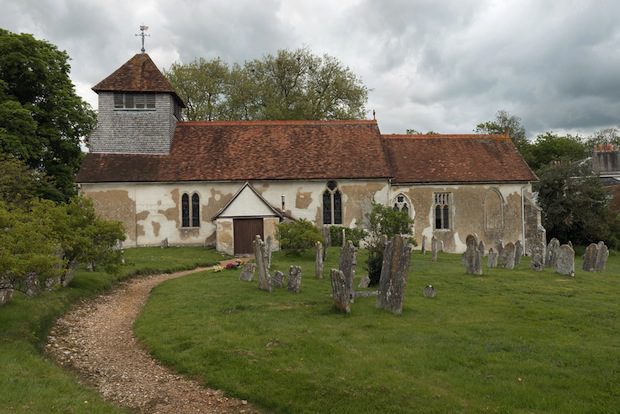The Architecture of the Benedict Option

One question in particular is less commonly discussed, and it is this: is there any way to make use of the physical fabric of Christian England to increase the resilience of Christian communities? This question occurred to me when reading the US writer Rod Dreher, who has for several years been writing about something called the “Benedict Option”. This is an umbrella term he coined for the many and varied ways in which he argues that Christian communities can and must develop spiritual and cultural resilience in response to the challenges of living in heavily secularised and anti-religious countries, at a time when government, business and culture are profoundly hostile to traditional religious beliefs and practices.
More:
There seems too to be a link between building and ritual. One of the themes in Dreher’s Benedict Option writing is his belief that churches that do not have formal liturgy and traditional, structured devotional practices will face an extra barrier in maintaining their integrity and vitality as Christian congregations when persecution comes or when their members face the harsh winds of cultural ridicule and disapproval. Liturgies and traditional practices act as an anchor to the tradition of the Church, they remind congregations of their adherence to the Creeds and that they are part of something much greater which should not be lightly rejected or tampered with. Solidity, routine and sacraments help to build strong Christians. Ancient church buildings can be a hugely important component of this grounding of the faith. Their physicality is a reminder that the faith is not some kind of gnostic spiritualised thing, but is closely concerned with the material creation, with the lives of people who have bodies.
This brings to mind the last time I was in Cambridge, and stopped into St. Bene’t’s (that is, Benedict’s), which dates to the 11th century and is the oldest building in the town. I spent some time praying there, and was nearly overwhelmed by the fact of that church: that Christians have been praying on that spot for nearly a thousand years. That those stones have absorbed the prayers, the chants, and the hymns of worshipers for a millennium. What an incredible gift the people of Britain, and indeed of Europe, have in their ecclesial architectural heritage.
Follow Niall Gooch @epiphaniall, by the way. He’s always got something good to say. And by the way, if you have not yet read the recent First Things essay about building, harmony, and God by architect Christopher Alexander, make amends right this very second!
Subscribe for as little as $5/mo to start commenting on Rod’s blog.